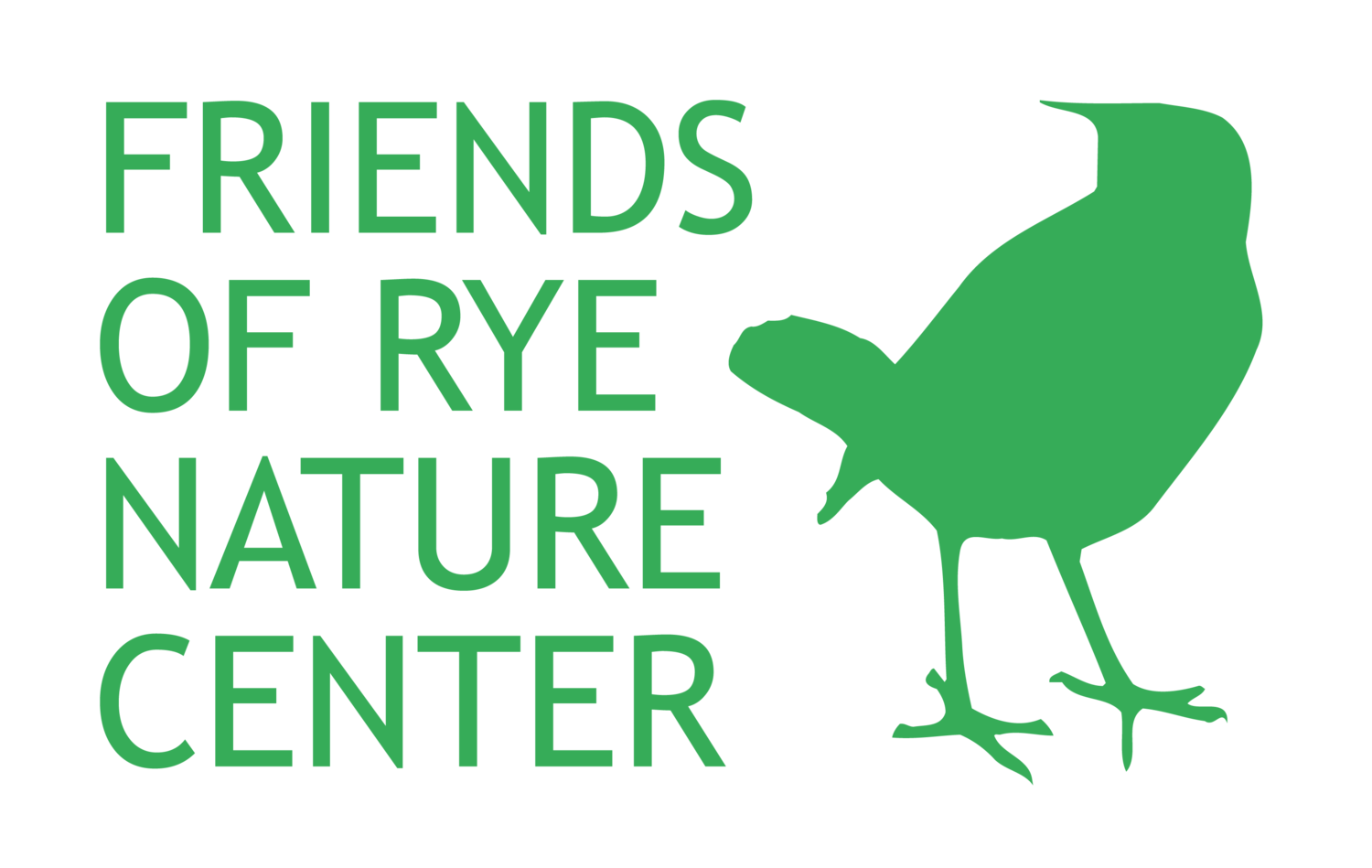Important Disclaimer
While we invite everyone to read this article, we must caution you about the dangers of foraging wild plants.
It is important to be 100% certain of your plant identification before eating any wild plant. Wild edibles will often have look-alike plants that are not safe to eat.
Please be mindful of where you are harvesting wild plants from. Roadsides and other locations could introduce pollutants to your food.
Wash all wild plants thoroughly before using them!
Garlic Mustard (Alliaria petiolate) is a biennial flowering plant native to much of Europe and parts of Asia. As an invasive species in North America, it can be found in the undergrowth of disturbed woodlots and forest edges. Originally thought to have been brought to North America for medicinal purposes or food, garlic mustard now is extremely common in the understory of many forests across the United States. When established, it deprives native plants of sunlight, water, and nutrient resources.
Identifying garlic mustard is pretty easy, due to the garlic and mustard smell the leaves give off when ripped or crushed. First-year plants have kidney-shaped leaves in a low, rosette bunch. The leaf edges are scalloped and have an average size of 6 to 10 cm. in diameter (see picture below). Second-year plants can grow a stalk roughly up to 3.5 ft. tall, have more triangular leaves, and produce flowers with 4 small white petals. Once garlic mustard begins to flower, it is no longer good for consumption.
Garlic Mustard can be spotted at Rye Nature Center, commonly found along the driveway and periphery of our forest playground. With the help of volunteers and workgroups, we have been manually removing the plant before seeds are formed to reduce the spread. In the video below, you can see how to remove a small bunch of garlic mustard in its first year of growth.
Even though this plant is invasive, it is completely edible! Below is a tasty pesto that can be made with a few simple steps and ingredients. Feel free to add different combinations of ingredients to suit your own taste buds. We hope you enjoy it!
Garlic Mustard Pesto
Ingredients
4 cups of lightly packed garlic mustard leaves (for less garlicky tasting pesto, substitute a cup or two with other greens like basil, arugula, beet leaves, etc.)
½ cup walnuts or pine nuts
2 cloves of garlic (1 clove for less garlic taste)
½ cup olive oil
½ cup grated Pecorino Romano Cheese
(Optional): Squeeze two lemons and/or add pepper to taste
Directions
Step 1: Blend garlic mustard leaves, nuts, and garlic in a food processor until coarsely chopped or minced. Stop a few times to scrape down anything clinging to the sides. A blender can work as well, but a food processor will yield better results.
Step 2: While the food processor is running, add olive oil until you achieve your desired consistency.
Step 3: For the final step, add the cheese while pulsing to evenly distribute it.





